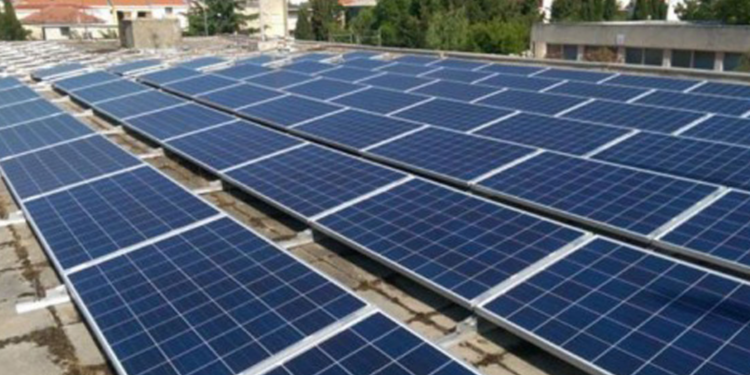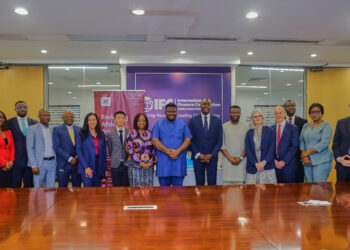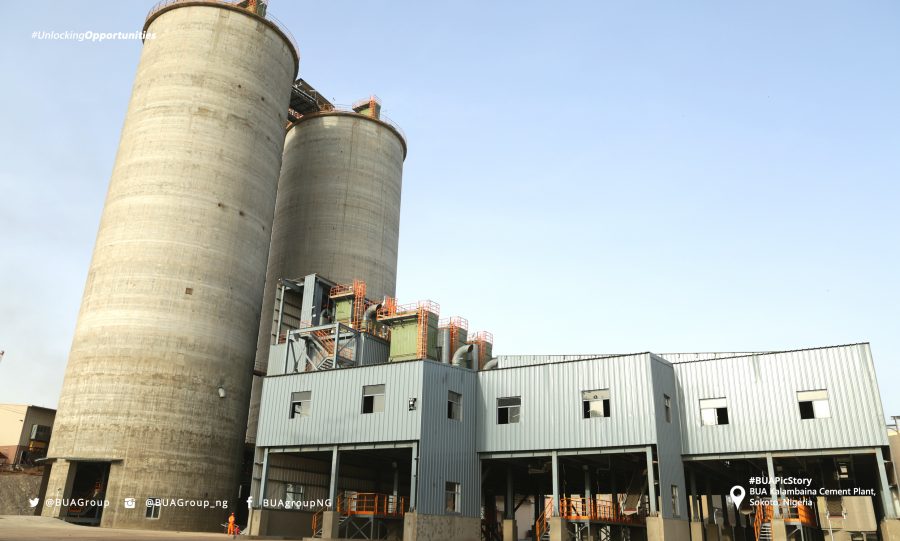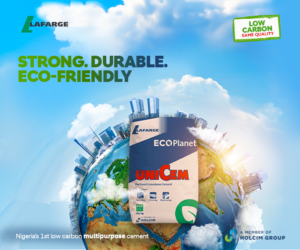The International Finance Corporation (IFC) and Morocco’s OCP have agreed on a $106 million loan for developing two solar plants in the country.
On October 10, the Office Chérifien des Phosphates (OCP), a Moroccan state-owned enterprise specializing in phosphates and fertilizers, announced a significant agreement with the International Finance Corporation (IFC), securing a $106 million loan for the establishment of two solar plants.
This financial infusion is a strategic move aligning with OCP’s goal of augmenting the production of low-carbon fertilizers within the nation.
According to details provided by OCP, these two photovoltaic plants will be strategically situated in the mining regions of Khouribga and Benguerir.
The combined capacity of these solar facilities is 400 megawatts (MW), fortified with a substantial storage capacity of up to 100 megawatt-hours.
This points to an emphasis on sustainable and reliable energy sources, indicating OCP’s commitment to environmental responsibility. It is important to note that this is the second instance of the IFC extending a green loan to OCP within a year.
According to Reuters, a prior loan of a similar nature, amounting to 100 million euros, was granted in April.
This preceding loan was designated for the construction of four solar plants, with a cumulative capacity of 202 megawatts, also situated in the mining areas of Khouribga and Benguerir.
Adding to their sustainability initiatives, in 2022, OCP made an ambitious investment proclamation.
They announced an investment plan amounting to $13 billion, illustrating their commitment to transitioning entirely to renewable energies for fertilizer production by the year 2027.
In a subsequent development, in June, OCP disclosed plans to invest a substantial $7 billion in an ammonia plant. This facility will leverage green hydrogen, a form of hydrogen produced from renewable fuel sources.
What you should know
In December 2022, the World Bank noted that Africa (especially sub-Saharan Africa) needs to produce more fertilizer locally to fight the food crisis, stating that the continent produces approximately 30 million metric tons of fertilizer yearly, yet approximately 90% of fertilizer consumed in Sub-Saharan Africa is imported, mostly from outside the continent
The World Bank wrote:
- “One key obstacle to food production in many developing countries is access to fertilizers, which enrich the soil with the nutrients needed for healthy crops. Sufficient primary raw materials – nitrogen, potash, phosphate, and natural gas – and fertilizer production facilities are essential to farmers across the developing world, but high fertilizer prices are blocking the 2023 and 2024 crop cycle.”





















